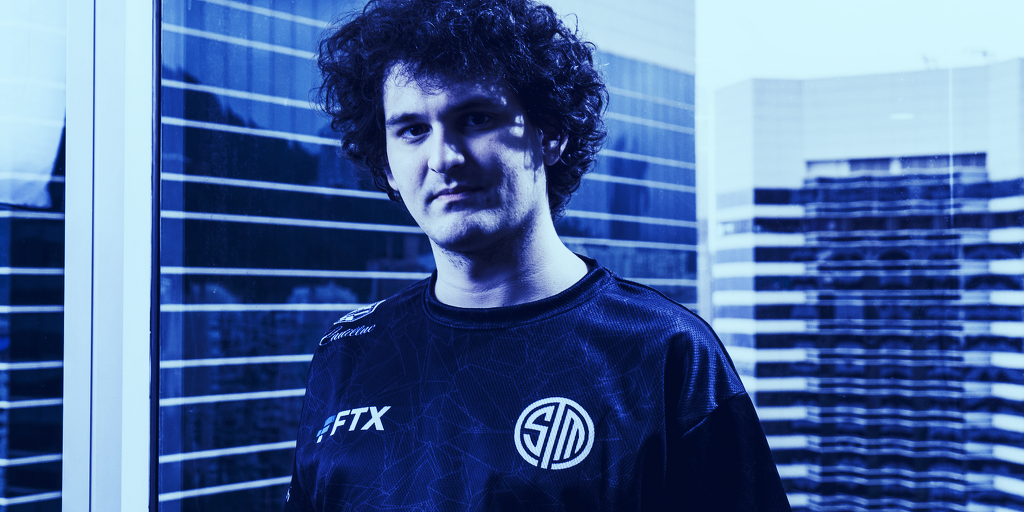Many of FTX’s recent deals, acquisitions, and partnerships have been about playing catch up, according to founder and CEO Sam Bankman-Fried.
“There’s been some user growth, but we are really coming from behind on name recognition,” Bankman-Fried said on Tuesday at the Decrypt and Yahoo Finance Crypto Goes Mainstream event. “We’ve been around for two and a half years. That’s a lot less long than some of the other big names in the crypto exchange business. When someone’s looking to get involved in crypto for the first time, we’ve found that they haven’t heard of FTX.”
FTX is spending big to fix that name recognition gap.
The exchange, founded in 2019, has made big sports plays, spending $210 million to buy esports team TSM, $135 million to put its name on the arena of the NBA’s Miami Heat and $17.5 million for the naming rights to Cal Memorial Stadium, home of the Cal Berkeley football team. It also became the official crypto exchange of Major League Baseball (a deal that includes an FTX patch on every umpire’s uniform) and has been flooding broadcast airwaves with new ads featuring Tom Brady or its “moon man” mascot.
just had a great chat with @SBF_FTX, asked him if he can tell for sure that all the sports sponsorships are boosting customer acquisition. He said he can’t quite prove that, but anecdotally it has been huge for name brand awareness. “You can’t just buy that with Facebook ads.”
— Daniel Roberts (@readDanwrite) September 15, 2021
Last month, FTX finalized its acquisition of futures and options exchange LedgerX. With it, the exchange’s U.S.-based arm FTX.US gains LedgerX’s U.S. Commodity Futures Trading Commission (CFTC) licenses that allow it to clear fully-collateralized futures and options.
Going big on NFTs
FTX has committed to investing $100 million in Web 3 gaming development through Lightspeed Venture Partners and Solana Ventures. Meanwhile, the exchange has also launched a Solana-based NFT marketplace and announced plans to support Ethereum-based NFTs.
“NFTs have had an absolute explosion in usage over the last six months,” Bankman-Fried said. “But it is still predominantly driven by the crypto industry rather than newcomers.”
He thinks more of those newcomers would be entering the market through FTX if he’d gotten started sooner. “The biggest mistake I made… is not getting involved sooner. I had a friend who built a Bitcoin arbitrage bot in 2012. Checked it out. Thought it was kind of cool. Five years later we got together and wound up founding FTX,” Bankman-Fried said. “There’s a lot of opportunities in the space that did not gel for me until this last year.”
To follow up the shopping spree to bolster FTX’s brand, he said he wants to spend more time making sure new users are greeted with a smooth onboarding process.
“There have been a lot of annoying quirks with FTX’s user registration process. Every time I try to walk myself through it, I’m annoyed by something about it—like having to enter your address three times,” Bankman-Fried said. “The hit that causes to user adoption is significant. Every extra 10 seconds it takes someone to go through a process, we see drop-off.”
















